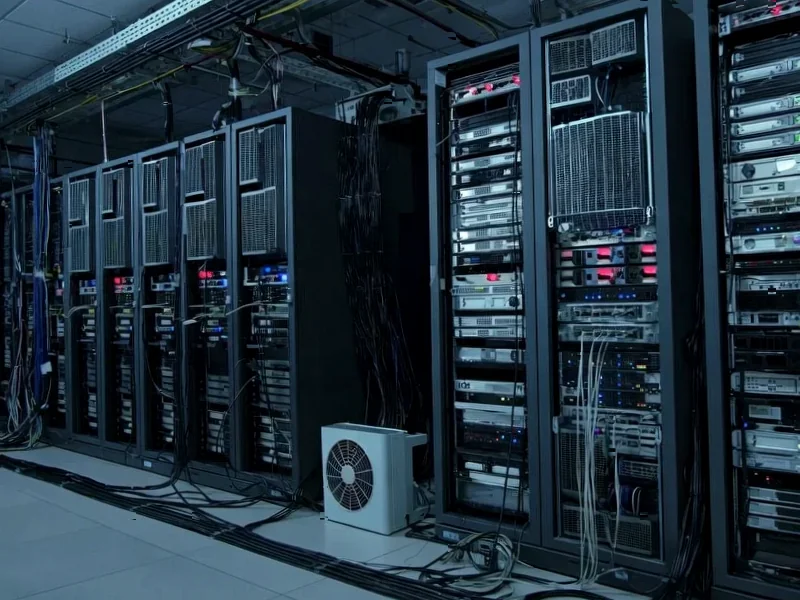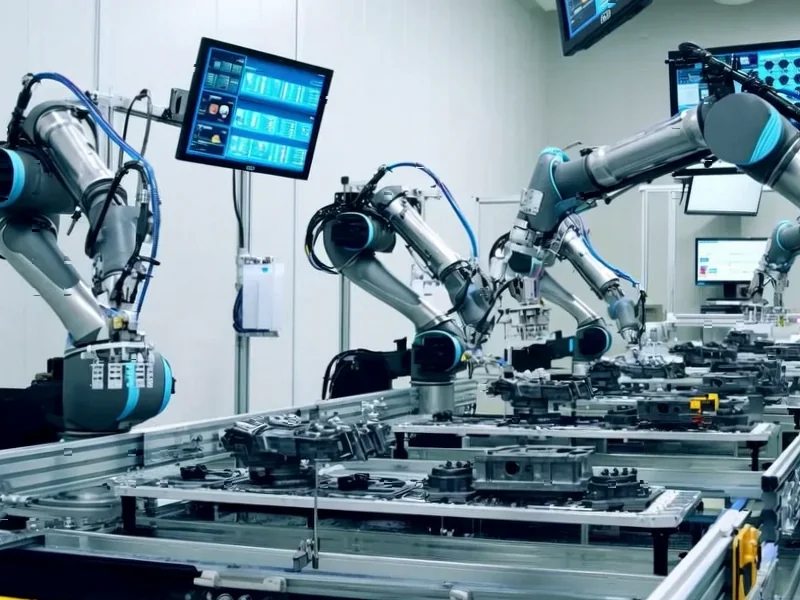According to TheRegister.com, power management company Eaton is acquiring Boyd Thermal from Goldman Sachs Asset Management for a staggering $9.5 billion, representing 22.5 times Boyd’s estimated earnings for next year. Meanwhile, digital infrastructure firm Vertiv is absorbing PurgeRite Intermediate LLC for approximately $1 billion in cash, with potential for another $250 million based on performance metrics. Eaton’s deal values Boyd Thermal at a premium despite the company forecasting $1.7 billion in sales for 2026, with $1.5 billion coming specifically from liquid cooling technology. Both acquisitions are happening against a backdrop where heat dissipation already accounts for 30-45% of datacenter energy costs according to some estimates. The Eaton transaction is expected to close in Q2 2026, pending regulatory approval, while Vertiv’s purchase immediately bolsters its liquid cooling maintenance capabilities.
Why Everyone’s Suddenly Obsessed With Liquid
Here’s the thing—we’re not just talking about traditional datacenters anymore. The real driver here is what everyone’s calling “AI factories,” those massive GPU clusters that generate insane amounts of heat. When your cooling costs can eat up nearly half your energy budget, suddenly spending billions on liquid cooling starts to make financial sense. And these aren’t small bets—Eaton paying 22.5 times earnings? That’s the kind of multiple you see when companies think they’re buying into the next big thing.
Basically, air cooling has hit its limits. As compute density increases with each new generation of AI chips, traditional methods just can’t keep up. Liquid cooling isn’t just more efficient—it’s becoming the only viable option for these high-density setups. Vertiv’s acquisition of PurgeRite tells you everything you need to know about where this is headed. They’re not just buying cooling technology—they’re buying the maintenance and optimization services that keep these complex systems running. Because what good is a liquid-cooled system if it gets clogged with debris or has air bubbles reducing efficiency?
The Trillion-Dollar Context
These acquisitions didn’t happen in a vacuum. McKinsey research suggests datacenters will need $6.7 trillion in worldwide investment by 2030 just to keep up with compute demand. That’s an almost unimaginable number, but when you consider that datacenter construction alone could be worth $456.5 billion by 2030, suddenly $10 billion in cooling acquisitions seems almost reasonable.
And this is just the beginning. Schneider Electric already took a controlling stake in cooling firm Motivair for $850 million last year. What we’re seeing is infrastructure specialists positioning themselves for what they believe will be a massive shift in how we cool our compute infrastructure. The question isn’t whether liquid cooling is coming—it’s how quickly the entire industry will transition.
Who Actually Benefits From This?
For large enterprises and cloud providers running AI workloads, this consolidation could be a mixed bag. On one hand, having established players like Eaton and Vertiv fully committed to liquid cooling means more reliable, enterprise-grade solutions. But consolidation often means less competition and potentially higher prices down the road.
Smaller datacenter operators face a tougher reality. As the article notes, retrofitting existing facilities with liquid cooling is “prohibitively expensive” for smaller players. We’re likely to see a divide emerge between AI-ready liquid-cooled facilities and traditional air-cooled ones. The former will handle the most demanding workloads while the latter serve less intensive applications.
For developers and companies building AI applications, this cooling arms race might seem abstract, but it directly impacts their bottom line. More efficient cooling means lower operational costs for cloud providers, which could eventually translate to cheaper compute—though I wouldn’t hold my breath on that one. What’s clearer is that without these cooling advances, the exponential growth in AI compute simply wouldn’t be sustainable.
The heat problem is real, and the industry is betting billions that liquid is the answer. Now we get to watch whether that bet pays off.




